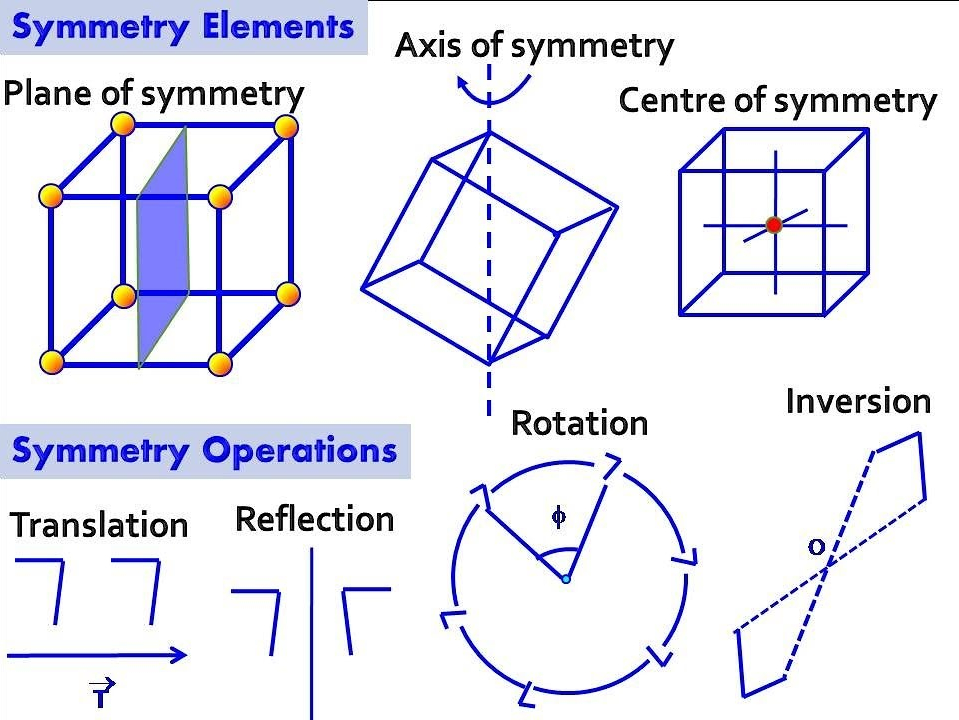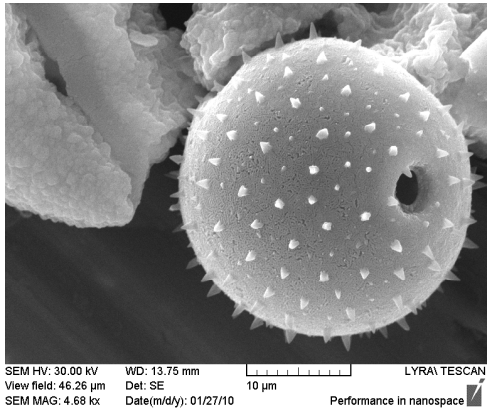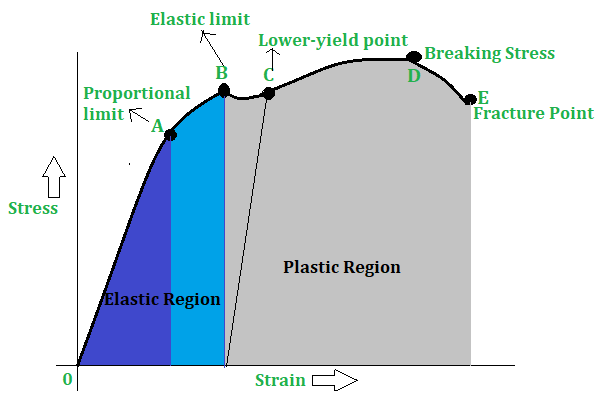This unit introduces methods for characterization of metals, metal alloys and other solid materials. In the first part of the unit, crystal symmetry is studied in detail. This knowledge is useful when one is interpreting results from X-ray structural analysis – a commonly used method for characterizing a material’s structure (which is important for its final properties). You will learn about the crystals with the most perfect symmetry found in nature. You will challenge your spatial orientation while trying to determine the symmetry elements of NaCl (or table salt). In the second part of the course, you will get acquainted with modern microscopy methods — electron microscopy (scanning and transmission), atomic force microscopy, and others. You will study thermal analysis methods of solid materials, allowing you to observe phase transitions in the studied systems. By the end of the course, you will have learned how to characterize materials based on their mechanical properties. You will understand the difference between plastic, brittle, deformable, and durable materials. With the knowledge acquired in the course, you will comprehend how the properties of metals and their alloys have influenced the development of humanity, and how the eras of antiquity are named after the metals used to make tools at that time.

Кристална симетрия

SEM image

Mechanical properties
